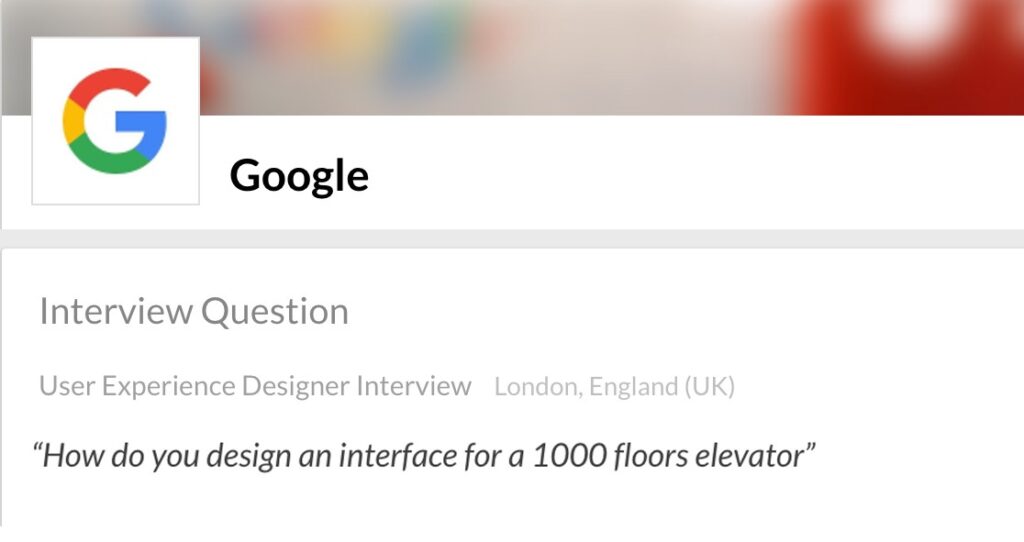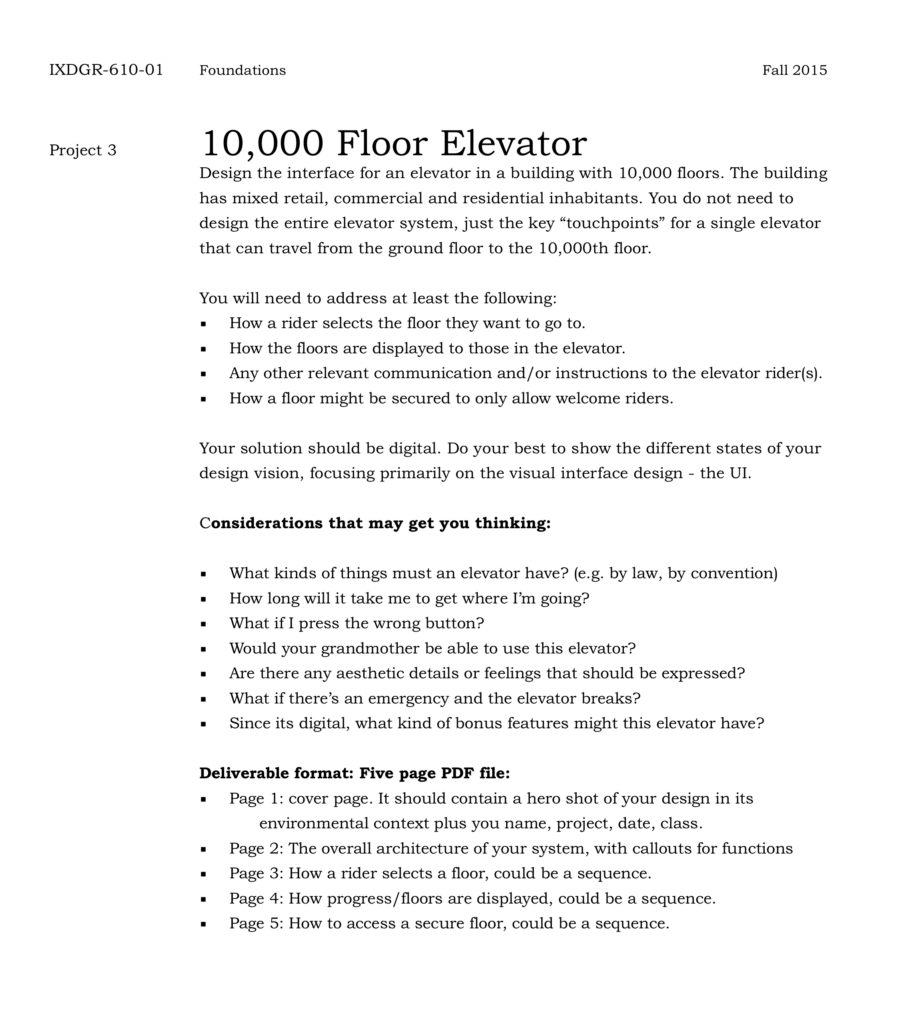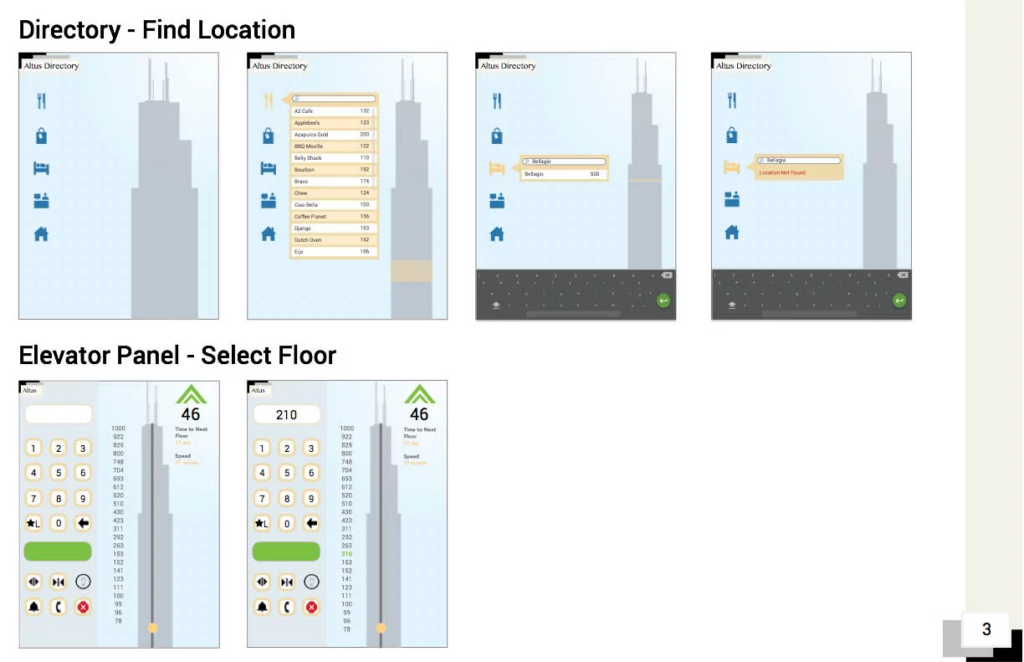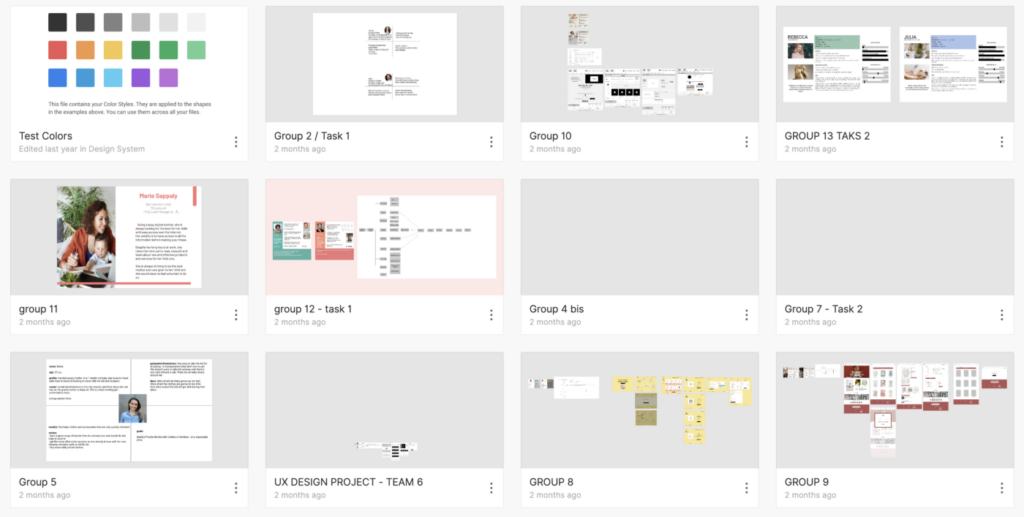Ask the students to take part in the IxDA Student Design Charette.
The term “charette” evolved from a pre-1900 exercise at the Ecole des Beaux Arts in France. Architectural students were given a design problem to solve within an allotted time. When that time was up, the students would rush their drawings from the studio to the Ecole in a cart called a charrette. (…) Today it refers to a creative process akin to visual brainstorming that is used by design professionals to develop solutions to a design problem within a limited timeframe.
Julia Corrin, Carnegie Mellon University Library
- Study the brief.
- Develop an idea.
- Produce a video presenting it (under 4 minutes).
Website: https://www.sdc.ixda.org/
Some of the previous briefs:
2022 brief: explore how rethinking systems can enable cultures of inclusion and equity
“You are challenged to select either education or the workplace as a focus, identify interesting or provocative use cases, and propose new systems to address a barrier that your use case illustrates. (…) Design an experience (it can be a product, service, or program) that illustrates for the SDC judges and IxDA community how someone’s life can be impacted positively by the shift in your new system. The goal is less about solving a specific problem and more about proposing how to address biases, assumptions, and barriers that marginalize participation and inclusion.”
https://www.sdc.ixda.org/design-brief-22
2021 brief: Our Data and Global Wellbeing
“How might we achieve greater collective wellbeing through the power of our individual data? What might data about us, as individuals, contribute as part of global initiatives for the good of society? You are challenged to explore issues of global health and wellbeing, identify interesting or provocative use cases, and design for the outcomes our 21st century world demands, through transparent, empowered, participation with data.” (source)
Video of the 2021 design charette, the topic: “Our Data & Global Wellbeing”. The winning team, PulseAir, decided to focus on the negative health effects of air pollution.
The 2020 brief, sponsored by Amazon Design: Using voice to create empowering moments
“How might voice experiences improve the lives of people facing unique challenges? More specifically, how can Alexa better address the needs of the deaf, blind, disabled, or neuro-diverse? We want to hear your ideas for new devices or services that can empower those who may need it the most”. (source)
The 2019 brief, sponsored by Microsoft Design, on the theme of Empathy: “Design an experience (this can be a product, service, or program) that allows (…) to better understand a day in the life of someone with misunderstood or ignored differences” (source)
The 2018 brief, sponsored by Microsoft Design, focuses on one of the United Nations’ 17 Sustainable Development Goals: “Quality Education”. (source)
The 2017 brief, sponsored by Intel, had the theme “Everyday Magic”. “We want you to look at the everyday life that surrounds you and how, through design and the creative use of new technologies, you can make it a magical”. (source)
The 2016 brief, sponsored by SapientNitro and written by Daniel Harvey, had the theme: “The Future we deserve”. “Each day of our lives, we depend on services — from buses to traffic systems, sanitation to healthcare — to survive and thrive in the places we live. What would five years look like, if you could shape public services by tapping the opportunities we have at our disposal today that we wouldn’t have been able to achieve in the past?” (source)
The 2015 brief had the theme “Envisioning the Wearable City”: “What if you could imagine new ways for people to connect to their city through wearable technology — to improve their life and their city? What would you measure or share? What problems would you solve? What new relationships between you and your environment would you facilitate?” (source)
The 2014 challenge had the theme of “child health records”.
The 2013 challenge had the theme “Playful Technology”



